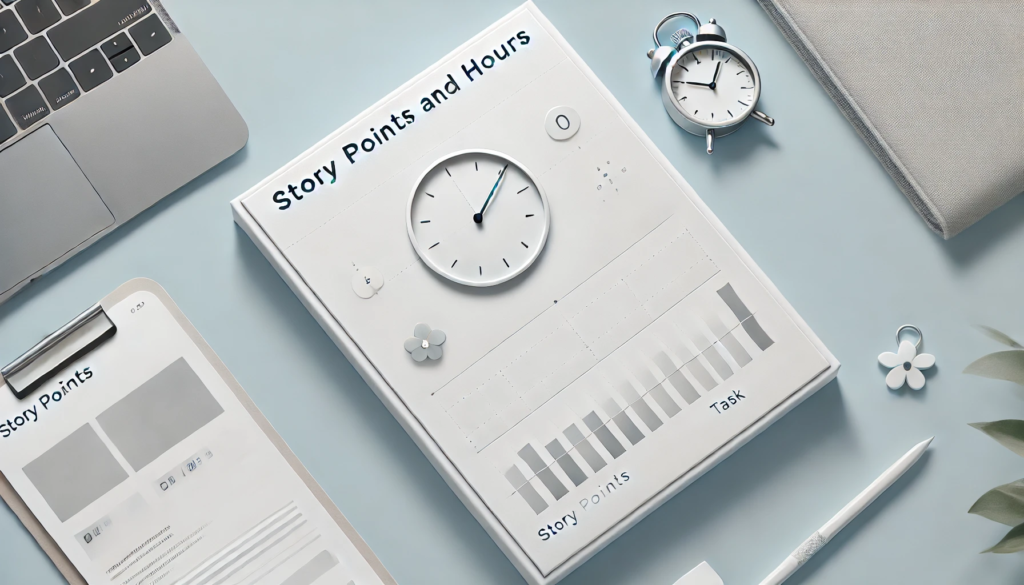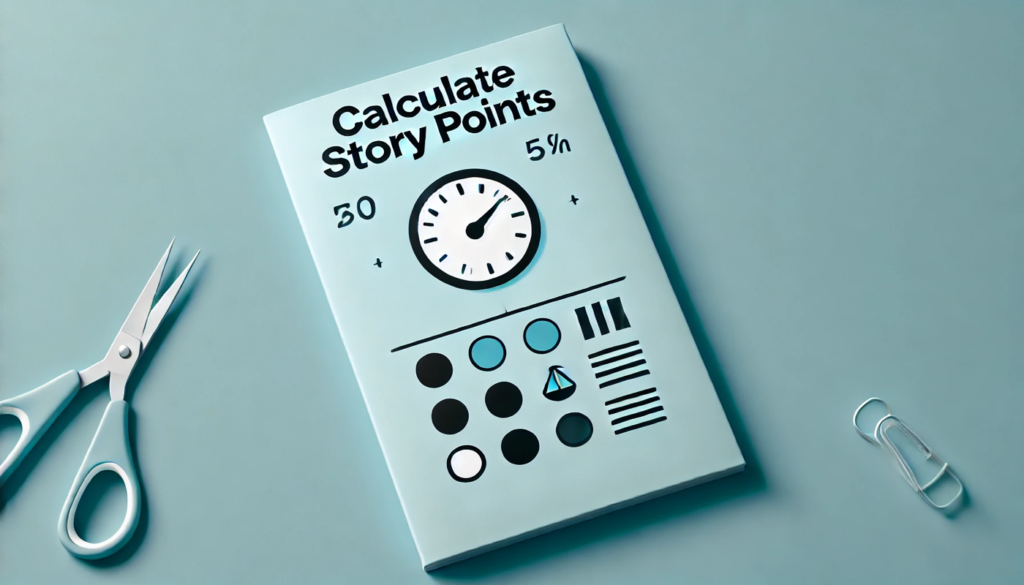What’s the Difference Between Story Points and Hours?

Agile project management thrives on adaptability, collaboration, and precise planning. At the heart of this planning lies the art of estimation. Whether you’re breaking down tasks for your team or predicting timelines for stakeholders, story points and hours are two popular techniques. But what makes them different, and when should you use one over the other? Let’s dive deep into the differences between story points and hours, unravel their complexities, and discover how they fit into Agile workflows.

What Are Story Points?
Story points are a unit of measure used in Agile to estimate the effort, complexity, and uncertainty of completing a user story. Unlike hours, story points don’t represent time directly. Instead, they focus on the amount of work involved relative to other tasks.
Imagine you’re building a house. Painting a room may take a day, but laying the foundation may take weeks. Story points assign a numerical value to these tasks based on their complexity, not the actual time required.
Key characteristics of story points include:
- Relative Sizing: Tasks are compared to each other instead of being tied to absolute durations.
- Team-Centric: Story points emphasize collaboration and collective understanding.
- Focus on Complexity: They account for technical challenges, risks, and uncertainties.
For example, a team might assign 2 points to a straightforward feature like adding a login button but give 8 points to creating a complex reporting dashboard.
How Are Story Points Calculated?
Story points are determined through a process of relative estimation. Teams use techniques like Planning Poker to reach a consensus on the point value for each user story.
A common approach involves the Fibonacci sequence (1, 2, 3, 5, 8, 13, etc.). This sequence reflects increasing levels of complexity and effort as numbers grow larger.

Steps to Calculate Story Points:
1. Compare Tasks: Start with a baseline story (e.g., “A login feature is 3 points”) and compare other tasks to it.
2. Use Team Expertise: Different team members bring diverse perspectives to ensure accurate estimates.
3. Consensus Building: After discussions, the team agrees on the assigned story points.
For example:
- Adding a search bar might take 2 points because it’s straightforward.
- Creating a recommendation engine might require 13 points due to its complexity and technical requirements.
Why Use Story Points in Agile?
So, why not just estimate in hours? Story points bring a unique set of advantages that align perfectly with Agile principles.
1. Promotes Collaboration
Story points require team members to discuss, compare, and align on task complexity. This fosters a shared understanding of the work ahead.
2. Focus on Complexity and Effort
Unlike hours, which center on time, story points consider the effort, uncertainty, and risk involved.
3. Facilitates Velocity Tracking
Teams can calculate their velocity (points completed per sprint) and predict future progress based on historical performance.
4. Reduces Bias
Story points eliminate individual biases related to time estimation, leading to more realistic planning.
Example:
Let’s say a team’s velocity is 30 points per sprint. If the backlog has 120 points, they can predict it will take about 4 sprints to complete.
What’s the Relationship Between Story Points and Hours in Agile Estimation?
While story points and hours are distinct, they aren’t entirely unrelated. Many teams struggle with the temptation to convert story points into hours. However, doing so undermines the purpose of story points.
Here’s how they are connected:
- Story Points Reflect Complexity: They indirectly account for time but focus on the overall challenge of a task.
- Hours Address Execution: Hours are better suited for short-term, detailed task planning.
Example Misconception:
If a 3-point story took 6 hours in the past, new 3-point stories won’t always take the same time. Factors like team experience, technical debt, and unforeseen issues affect this.
Practical Tip:
Use story points for sprint planning and hours for daily task breakdowns.
Key Differences Between Story Points and Hours
| Aspect | Story Points | Hours |
| Focus | Complexity and effort | Time required |
| Measurement Unit | Abstract, relative | Concrete, absolute |
| Planning Level | High-level backlog estimation | Detailed task breakdown |
| Bias | Minimizes personal bias | Susceptible to bias |
| Adaptability | Better for iterative planning | Rigid, less flexible |
Agile frameworks like Scrum often prioritize story points for sprint planning, leaving hours for task-specific scheduling.
When to Use Story Points vs. Hours
Both techniques have their place, but knowing when to use them can make all the difference.
1. Use Story Points When:
- Estimating large features or epics.
- Planning sprints or long-term roadmaps.
- Encouraging team discussions on task complexity.
2. Use Hours When:
- Planning daily tasks.
- Creating detailed schedules for imminent work.
- Communicating specific timelines to stakeholders.
Pro Tip:
Some teams combine both methods. They use story points for sprint planning and hours for breaking down stories into subtasks.
Understanding the difference between story points and hours is crucial for Agile success. Story points emphasize complexity, effort, and collaboration, making them ideal for sprint planning. On the other hand, hours provide precise time estimates for day-to-day work. By leveraging both techniques thoughtfully, teams can achieve better accuracy, foster collaboration, and deliver value consistently.
